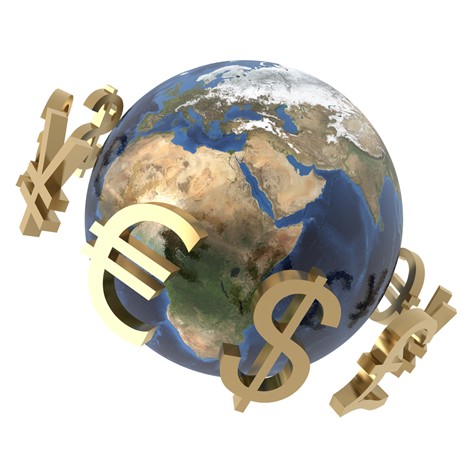The Economics Of Remittances
December 5, 2012 in Daily Bulletin

Remittances – the sending of money from workers in developed countries back to their homes in developing countries – are a more powerful force than foreign aid because of the sums involved and deserve more attention writes Peter Passell:
- Remittances can mean a lot to developing countries. Lesotho, for example, relies on remittances for 29% of its GDP. Tajikstan, Moldova, and the Kyrgyz Republic rely on it almost as much.
- These flows can be volatile. An economic crisis or the crash of oil prices in oil dependent economies – such as Russia – can hurt the remittances sent to other countries.
- China’s success is in part due to the remittance of capital – which helped to start businesses – and also experience necessary for advancement.
- India, on the other hand, unlike China, has a well developed financial market which means that overseas workers may be choosing to invest in the stocks and bonds of large companies, rather than use their valuable cash to help India develop.
- Governments are looking to capitalize on the wealth of migrants by offering “diaspora bonds”. Buyers know that the risk of default is high, but the government is hoping that their patriotism will overwhelm that.
- The world could spur development by reducing the substantial fees that are charged for remittances – often up to 30% of the remittance itself.
Read more about The World Bank’s efforts, China’s savings, Latin America’s spending, and some hard numbers about remittances over here.
Source: Foreign Policy
Join the Discussion! (No Signup Required)